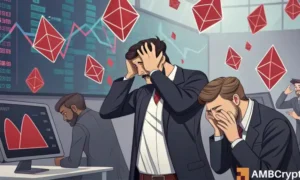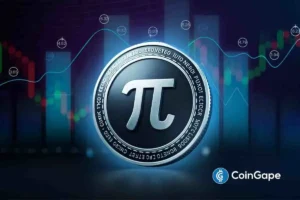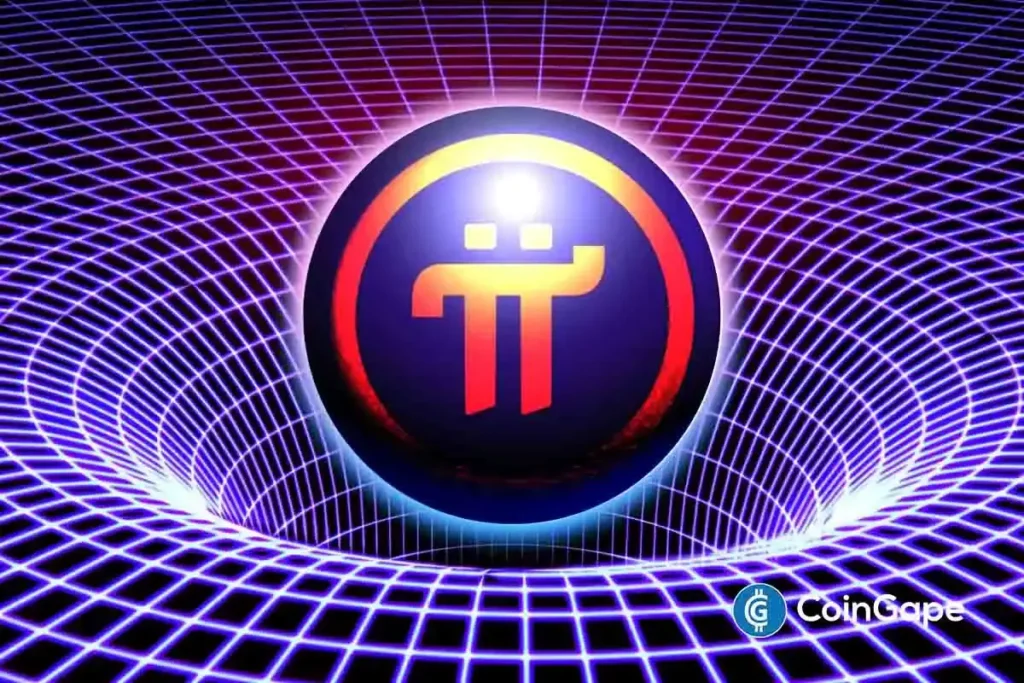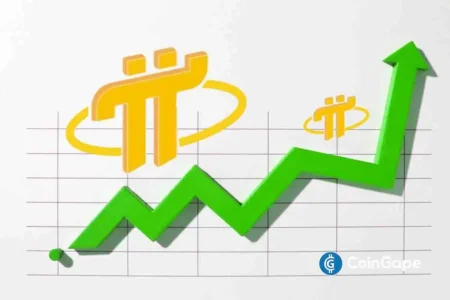Pi Network, a decentralized cryptocurrency project, has faced criticism recently, but John Lang, a Pi Network node runner, remains optimistic about its future. Despite a sharp drop in Pi Network’s price to $0.58, Lang believes that the price correction is just a minor setback in the broader scope of things. He pointed out that the PiCoreTeam (PCT) is actively working behind the scenes on various initiatives that will bring positive changes to the network. Lang urged Pi Coin holders to have patience and trust the process, emphasizing that there is a lot of work being done by the development team.
Amidst the criticisms against the PCT for delays in KYB approvals for community projects, Lang emphasized the importance of not selling Pi Coins at low prices despite the current bearish market conditions. He believes that the PCT is working diligently to address the challenges and urged the community to trust the process. The recent launch of NFTs on the Binance Smart Chain by PiDaoSwap as a temporary solution to the delays further highlighted the need for patience and understanding within the community.
In a significant move, the PiCoreTeam has released technical conditions for developers interested in building applications on the Pi Network. These conditions focus on a mobile-first strategy, outlining the development language, framework, and requirements for app submission. Developers are required to undergo KYC certification, and their apps must demonstrate a way of value exchange within the network. The update also highlighted the growing activity on the Pi domain auctions, with bids surpassing 200,000, indicating increasing interest and participation in the ecosystem.
Market analyst Dr Altcoin has suggested that the PCT should consider burning billions of Pi Coins from its foundation wallets to help stabilize the price. Additionally, the pseudonymous Satoshi Nakamoto proposed a community-driven liquidity pool (CDLP) as a decentralized strategy to support Pi price stability. This initiative would involve community members committing to purchasing a fixed amount of Pi each month, contributing to the overall liquidity and stability of the Pi Network.
Despite the challenges and criticisms faced by the Pi Network, John Lang’s optimism and trust in the PiCoreTeam’s efforts indicate a belief in the long-term potential of the project. The ongoing developments, technical updates, and community-driven initiatives demonstrate a commitment to building a robust and sustainable ecosystem for Pi Coin holders and developers. As the project continues to evolve and address the underlying issues, the future of Pi Network appears promising, with potential opportunities for growth and development in the decentralized finance space.

















